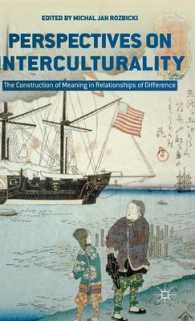Full Description
The economies of South Korea and Taiwan in the second half of the twentieth century are to scholars of economic development what the economy of Britain in the late eighteenth and early nineteeth centuries is to economic historians. This book, first published in 2006, is a collaboration between a leading trade economist and a leading economic sociologist specializing in East Asia, and offers an explanation of the development paths of post-World War II Korea and Taiwan. The ambitions of the authors go beyond this, however. They use these cases to reshape the way economists, sociologists, and political scientists will think about economic organization in the future. They offer nothing less than a theory of, and extended evidence for, how capitalist economies become organized. One of the principal empirical findings is that a primary cause for the industrialization of East Asia is the retail revolution in the United States and the demand-responsiveness of Asian manufacturers.
Contents
Acknowledgments; Introduction; Part I. Business Groups and Economic Organization: 1. The problem of economic organization; 2. Interpreting business groups in South Korea and Taiwan; 3. A model of business groups: the interaction of authority and market power in the context of competitive economic activity; 4. Economic organization in South Korea and Taiwan: a first test of the model; Part II. Emergence and Divergence of the Economies: 5. The origins of capitalist economic organization; 6. The rise of intermediary demand: a reassessment of the 'Asian miracle'; 7. Global matching, demand responsiveness, and the emergence of divergent economies; 8. Trade performance of South Korea and Taiwan: a second test of the model; Conclusions; Appendix A. Mathematical model of business groups; Appendix B. Examples of differential pricing practices of Korean groups; Appendix C. Hypothesis tests of the model; Appendix D. The role of debt in the Korean financial crisis, 1997; References; Index.








